Long before Caesar’s legions marched across Europe and Roman eagles soared over vast empires, another civilization flourished in the heart of Italy. The Etruscans built magnificent cities, mastered sophisticated metalworking, and created art that still mesmerizes archaeologists today. Yet for centuries, they remained one of history’s greatest mysteries—a people whose language defied translation and whose customs seemed to vanish like morning mist. Their story challenges everything we thought we knew about ancient Italy and reveals a civilization that was far more advanced and influential than most people realize.
The Land of the Twelve Cities
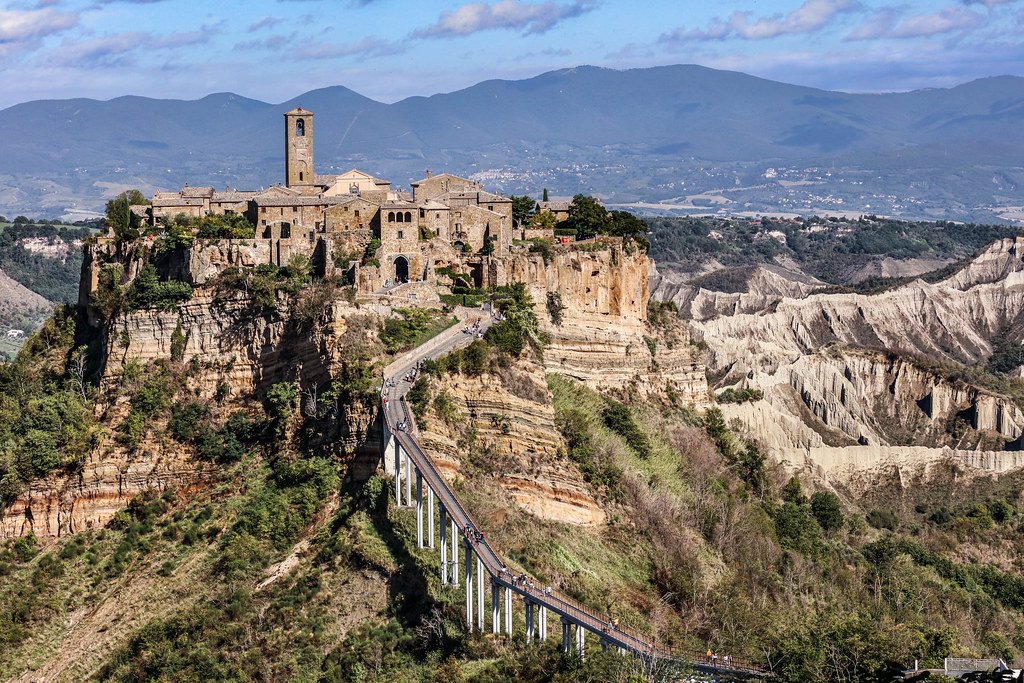
Picture rolling hills dotted with fortified cities, each one a masterpiece of ancient urban planning. The Etruscans didn’t just build towns—they created a confederation of twelve powerful city-states that stretched across central Italy. These weren’t random settlements but carefully chosen locations that controlled trade routes, river crossings, and mineral-rich territories. Cities like Veii, Tarquinia, and Cerveteri became centers of wealth and culture that rivaled anything in the Mediterranean world. The Etruscans understood something that would later make Rome great: location matters, and controlling the right spots can build an empire.
Masters of the Underground World
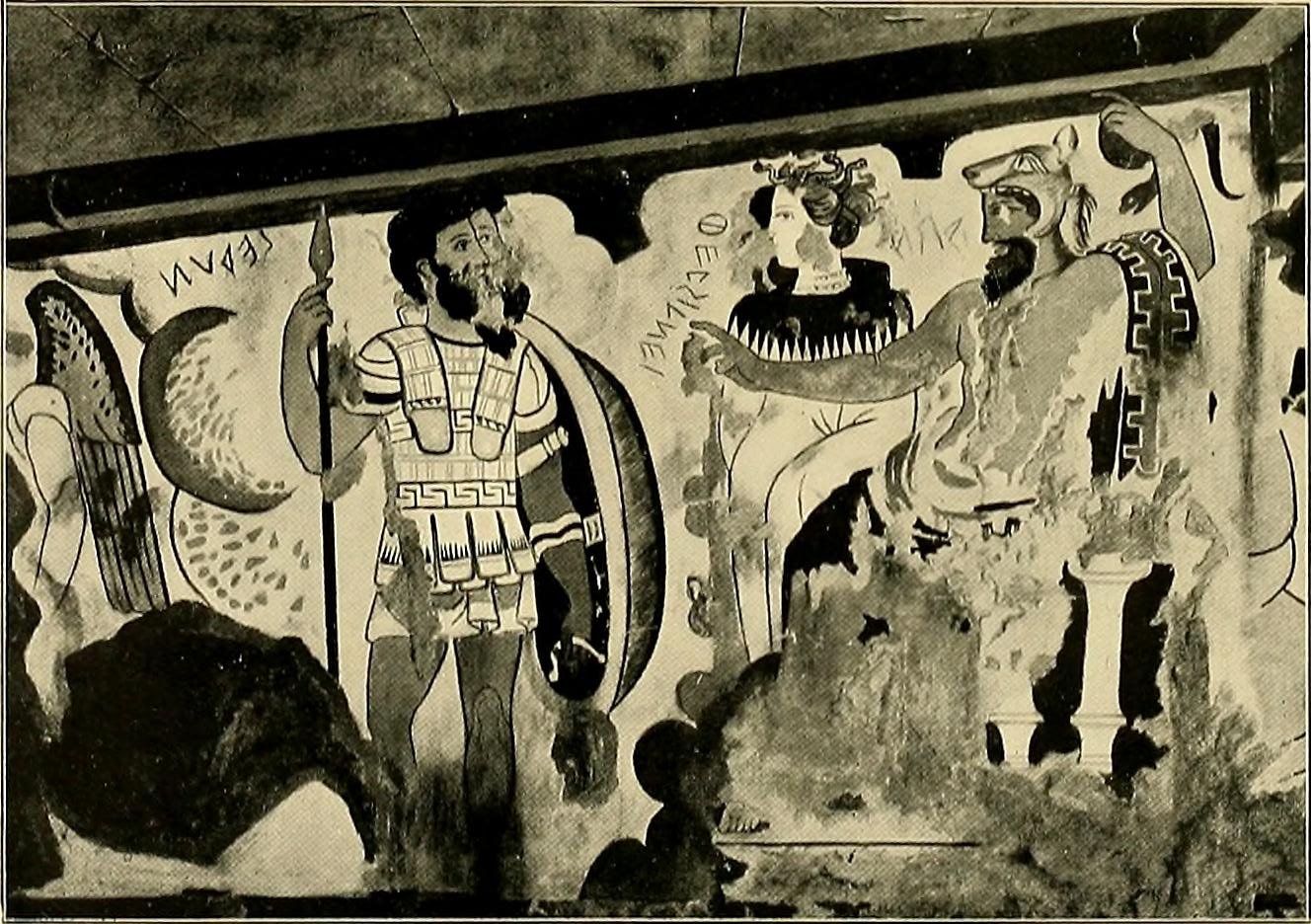
Walk into an Etruscan tomb today, and you’ll feel like you’ve stepped into a different dimension. These weren’t simple burial chambers but elaborate underground mansions complete with painted walls, carved furniture, and enough grave goods to stock a museum. The tomb paintings show scenes of banquets, dancing, and daily life so vivid they seem to pulse with energy. Unlike other ancient peoples who feared death, the Etruscans seemed to embrace it as just another phase of existence. Their tombs tell stories of a people who believed the afterlife should be just as enjoyable as regular life—maybe even better.
The Language That Stumped Scholars
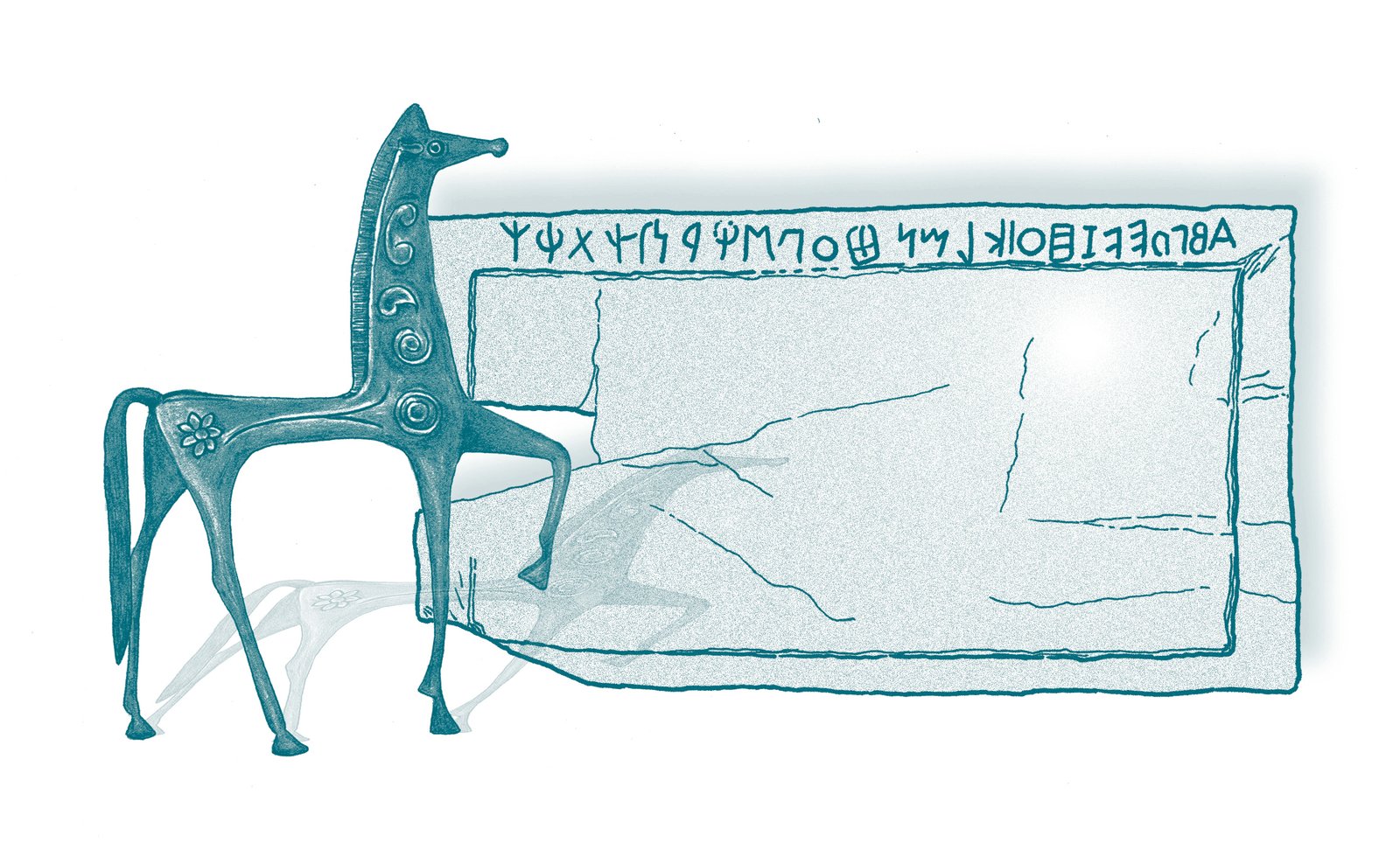
Imagine trying to solve a puzzle where half the pieces are missing and the other half seem to change shape when you’re not looking. That’s what deciphering Etruscan has been like for generations of linguists. We can read their alphabet—they borrowed it from the Greeks—but the language itself remains largely mysterious. It doesn’t belong to any known language family, making it a linguistic island in a sea of Indo-European tongues. Short inscriptions on tombs and artifacts give us tantalizing glimpses, but the longer texts that could unlock their secrets have mostly been lost to time.
Women Who Shocked the Ancient World
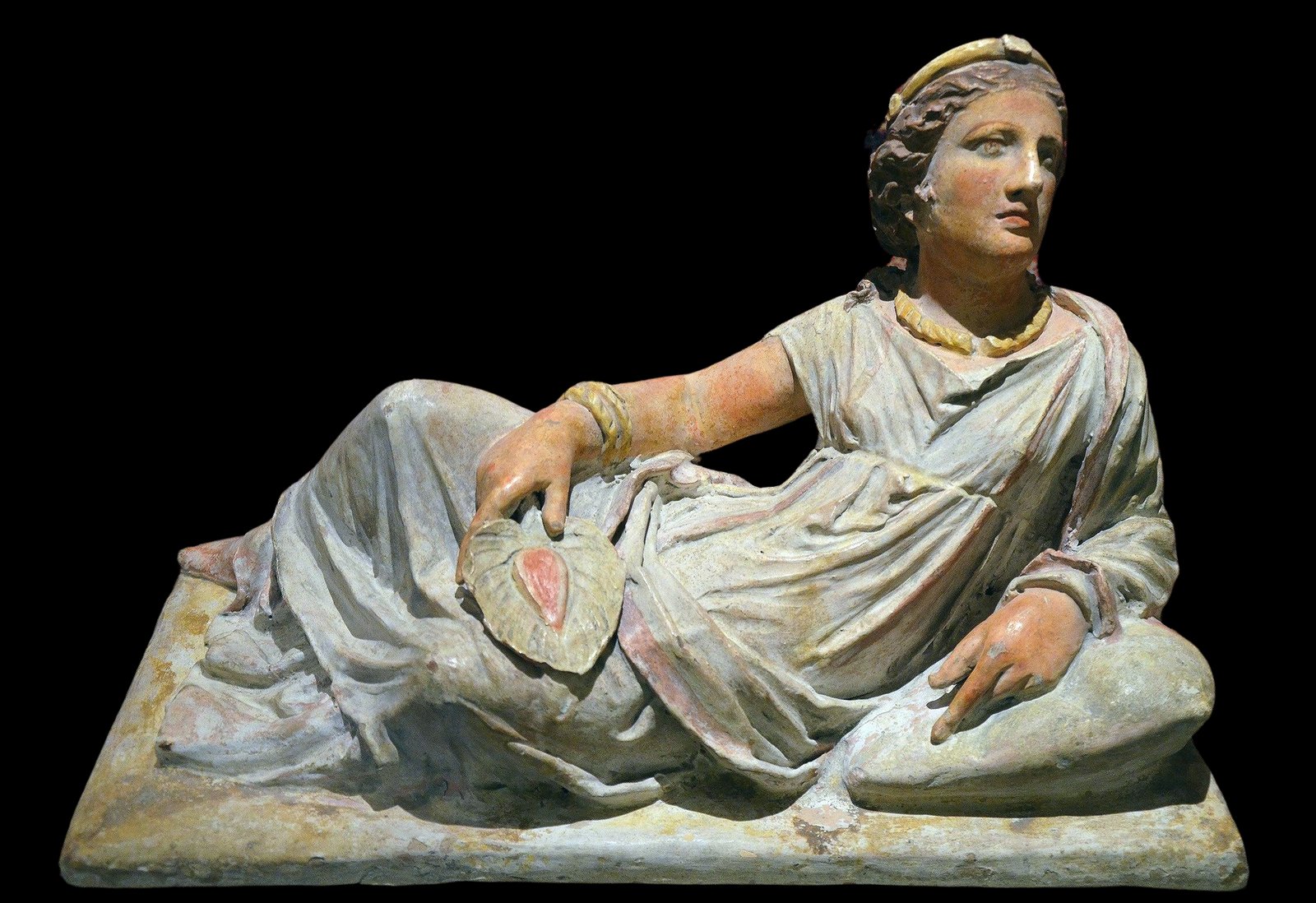
In a world where women were expected to stay silent and invisible, Etruscan women shocked their contemporaries by doing the exact opposite. They attended banquets alongside men, owned property, and even kept their family names after marriage. Roman writers were scandalized by this “improper” behavior, but tomb paintings show these women lounging at feasts, wearing elaborate jewelry, and clearly enjoying high social status. Some scholars believe Etruscan society may have been matrilineal, with inheritance passing through the mother’s line—a practice that would have been revolutionary in the ancient Mediterranean.
The Art of Bringing Metal to Life

If you’ve ever wondered where Romans learned their legendary engineering skills, look no further than the Etruscans. These master metalworkers could transform raw ore into works of art that still leave modern craftsmen speechless. They created bronze sculptures so lifelike they seem ready to step off their pedestals, and their goldwork was so intricate it required magnifying glasses to fully appreciate. The famous Chimera of Arezzo, a bronze monster with the head of a lion, body of a goat, and tail ending in a serpent’s head, showcases their ability to blend technical skill with wild imagination. Their workshops weren’t just places of production—they were laboratories where art and science merged.
Predicting the Future Through Sacred Signs
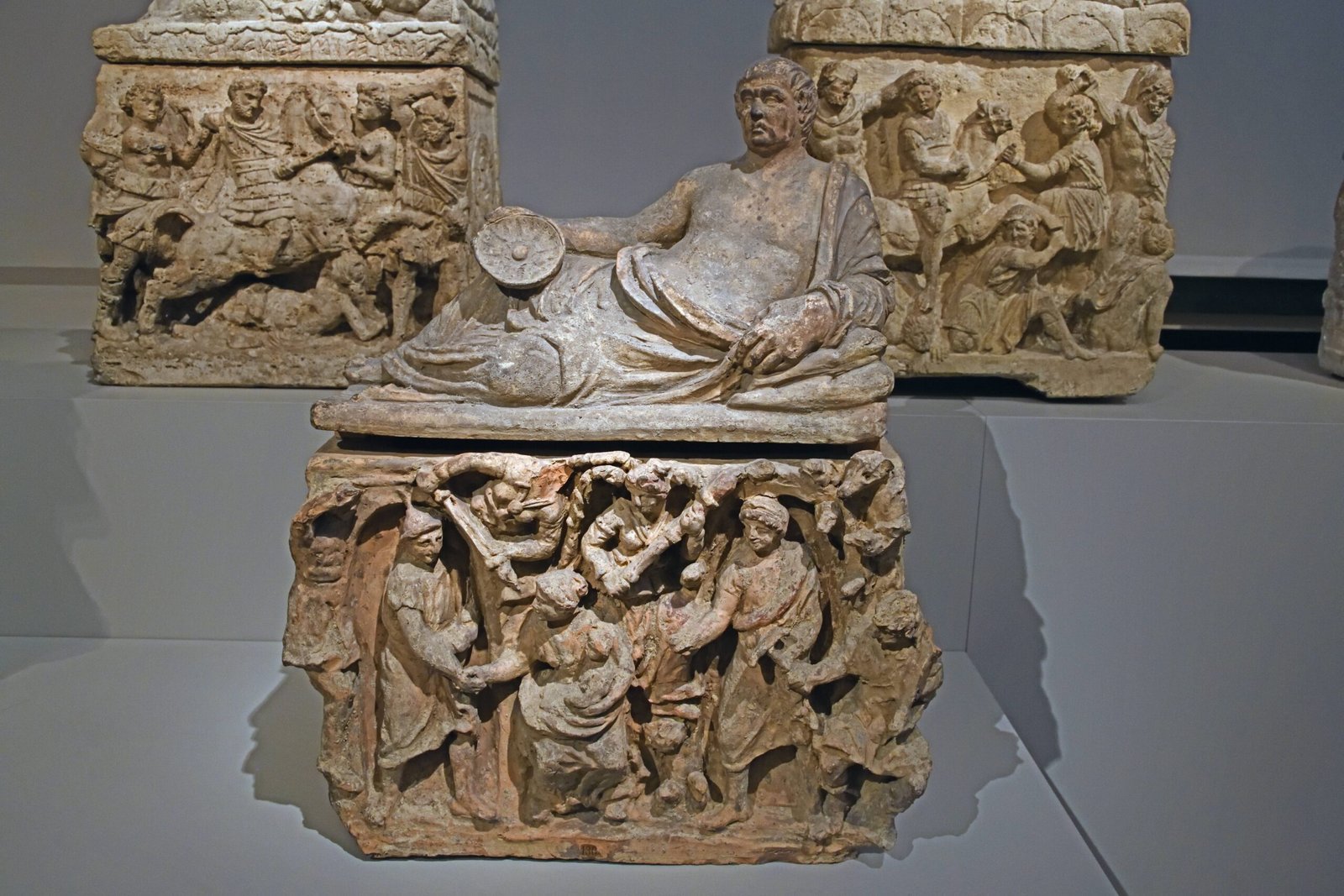
Long before weather forecasters studied clouds, the Etruscans were reading the sky for divine messages. Their priests, called haruspices, could supposedly predict the future by examining the livers of sacrificed animals or interpreting lightning strikes. This wasn’t primitive superstition but a sophisticated system of divination that Romans would later adopt wholesale. Etruscan priests were so respected that Roman generals wouldn’t make major decisions without consulting them first. They divided the sky into sectors, each governed by different gods, creating what was essentially the world’s first systematic approach to reading omens.
Engineering Marvels Beneath the Earth

While most people think Roman engineering was unmatched in the ancient world, the Etruscans were already moving mountains—literally. They carved elaborate drainage tunnels through solid rock, some stretching for miles underground. These cuniculi transformed swampy lowlands into fertile farmland and prevented flooding in their cities. The engineering required to plan and execute these projects was staggering, involving precise calculations of water flow, geological surveys, and coordinated labor forces. Some of these tunnels are still functioning today, nearly three thousand years later—a testament to Etruscan ingenuity that puts many modern construction projects to shame.
The Maritime Empire That Ruled the Seas
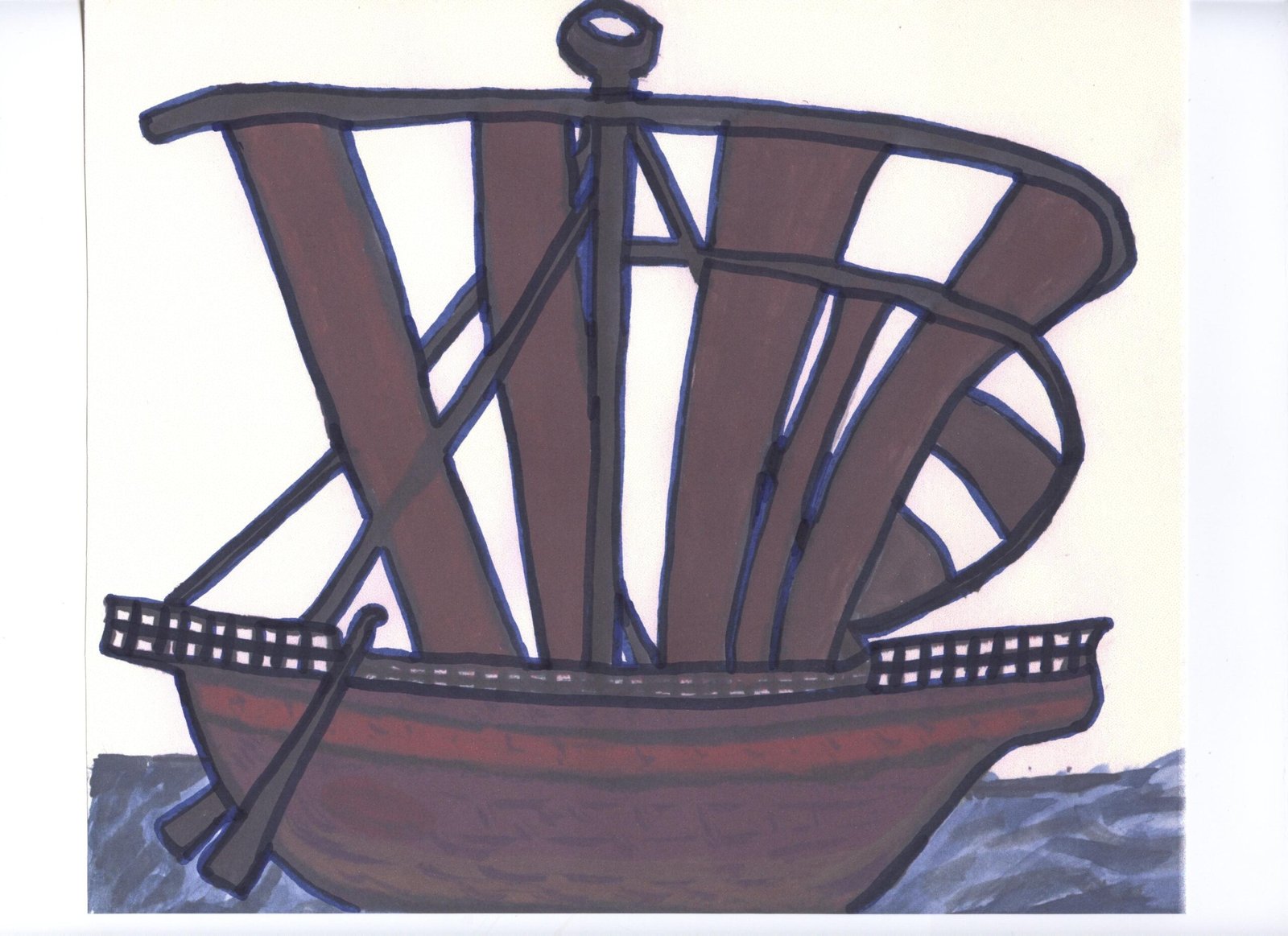
Picture sleek Etruscan warships cutting through Mediterranean waters, their holds filled with exotic goods from distant lands. The Etruscans weren’t just land-based farmers—they were maritime traders who established colonies as far away as Corsica and southern France. Their ships carried amber from the Baltic, ivory from Africa, and silk from the Far East, making Etruscan ports bustling international marketplaces. They even allied with Carthage against Greek expansion, showing they understood geopolitics on a Mediterranean scale. For a time, the western Mediterranean was essentially an Etruscan lake, with their merchants and pirates controlling sea routes and trade networks.
The Mysterious Origins of a Vanished People

Where did the Etruscans come from? This question has puzzled historians for over two millennia, and we’re still not entirely sure of the answer. Ancient writers proposed everything from local Italian origins to migration from Asia Minor, but DNA evidence now suggests the truth might be more complex than anyone imagined. Recent genetic studies indicate they were likely indigenous to Italy but had significant cultural exchanges with Eastern Mediterranean peoples. Their sudden appearance in the archaeological record around 800 BCE suggests either a rapid cultural transformation or the arrival of new technologies that revolutionized existing populations. Like pieces of a jigsaw puzzle scattered across time, their origins remain tantalizingly out of reach.
Religious Rituals That Influenced Rome

Step into an Etruscan religious ceremony, and you’d witness practices that would echo through Roman temples for centuries. The Etruscans believed their gods had taught them everything from city planning to agricultural techniques, and their religious rituals reflected this divine instruction manual. They practiced elaborate ceremonies involving animal sacrifice, ritual feasting, and complex divination techniques that Romans would adopt almost unchanged. Their temples weren’t just places of worship but cosmic models of the universe, with specific orientations and room layouts that reflected celestial order. Even the Roman practice of taking auspices before major decisions came directly from Etruscan tradition.
The Royal Dynasty That Founded Rome

Here’s a secret that might shock anyone who learned about Roman history in school: the last three kings of Rome were actually Etruscans. The Tarquin dynasty didn’t just rule Rome—they transformed it from a collection of hilltop villages into a proper city with sewers, temples, and public buildings. Tarquin the Proud built the Circus Maximus and began construction of the Temple of Jupiter, projects that would define Roman architecture for centuries. These Etruscan kings brought urban planning, advanced engineering, and sophisticated government to Rome, essentially giving birth to the civilization that would eventually conquer them. It’s one of history’s greatest ironies that Rome’s foundation myths ignore the very people who made the city possible.
Art That Celebrated Life and Death
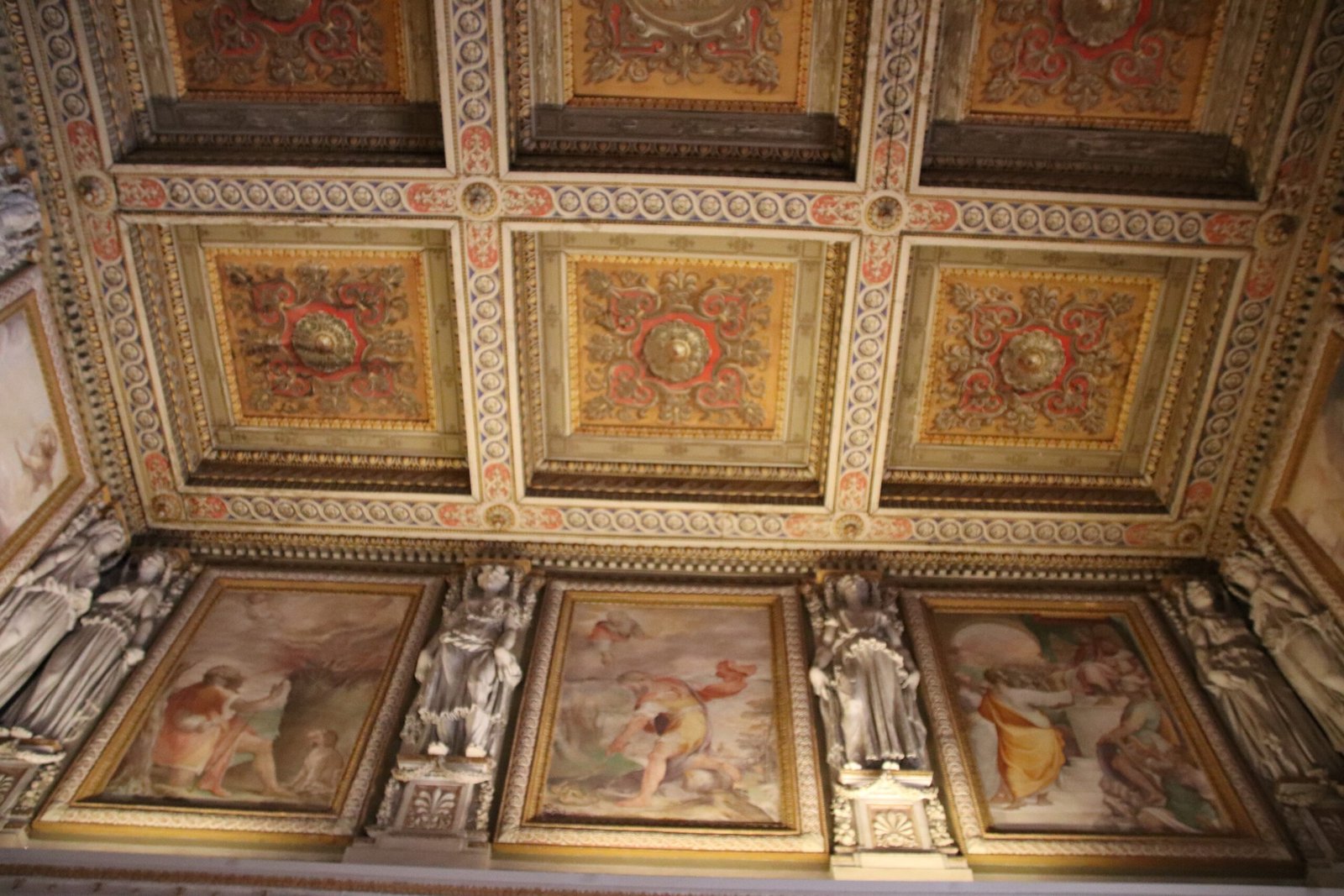
Etruscan art wasn’t meant to gather dust in museums—it was created to be lived with, touched, and experienced. Their frescoes show scenes of banqueting, dancing, and athletic competitions that feel more like snapshots from a party than formal religious art. Sculptures capture moments of tenderness between couples, with expressions so naturalistic they seem ready to speak. Even their sarcophagi tell stories, with carved figures reclining as if they’re merely taking a nap rather than spending eternity underground. This celebration of human experience, rather than divine perfection, influenced Roman art and continues to move viewers today with its warmth and humanity.
The Gradual Absorption Into Roman Culture

The end of Etruscan independence didn’t come with dramatic battles or sudden conquest—it was more like watching a candle slowly burn down. As Rome grew stronger, Etruscan cities gradually found themselves drawn into the Roman orbit through alliances, treaties, and eventually outright annexation. Some Etruscan nobles became Roman citizens and moved to Rome, bringing their skills and knowledge with them. Others retreated to remote mountain strongholds, maintaining their traditions for a few more generations before these too faded away. By the first century BCE, Etruscan was heard only in religious ceremonies, and by the time of the Empire, even that had largely disappeared.
Archaeological Treasures Still Being Discovered

Every year, Italian archaeologists make discoveries that rewrite what we know about Etruscan civilization. In 2022, researchers uncovered a sacred hot spring sanctuary with bronze offerings that included miniature representations of body parts—evidence of ancient healing rituals. Underground chambers in cities like Orvieto continue to yield surprises, from elaborate water systems to hidden religious spaces carved directly into volcanic rock. Modern technology like ground-penetrating radar and satellite imagery reveals previously unknown settlements and helps archaeologists understand the full extent of Etruscan civilization. Each new find adds another piece to the puzzle, slowly bringing this mysterious people back to life.
Their Lasting Legacy in Modern Italy
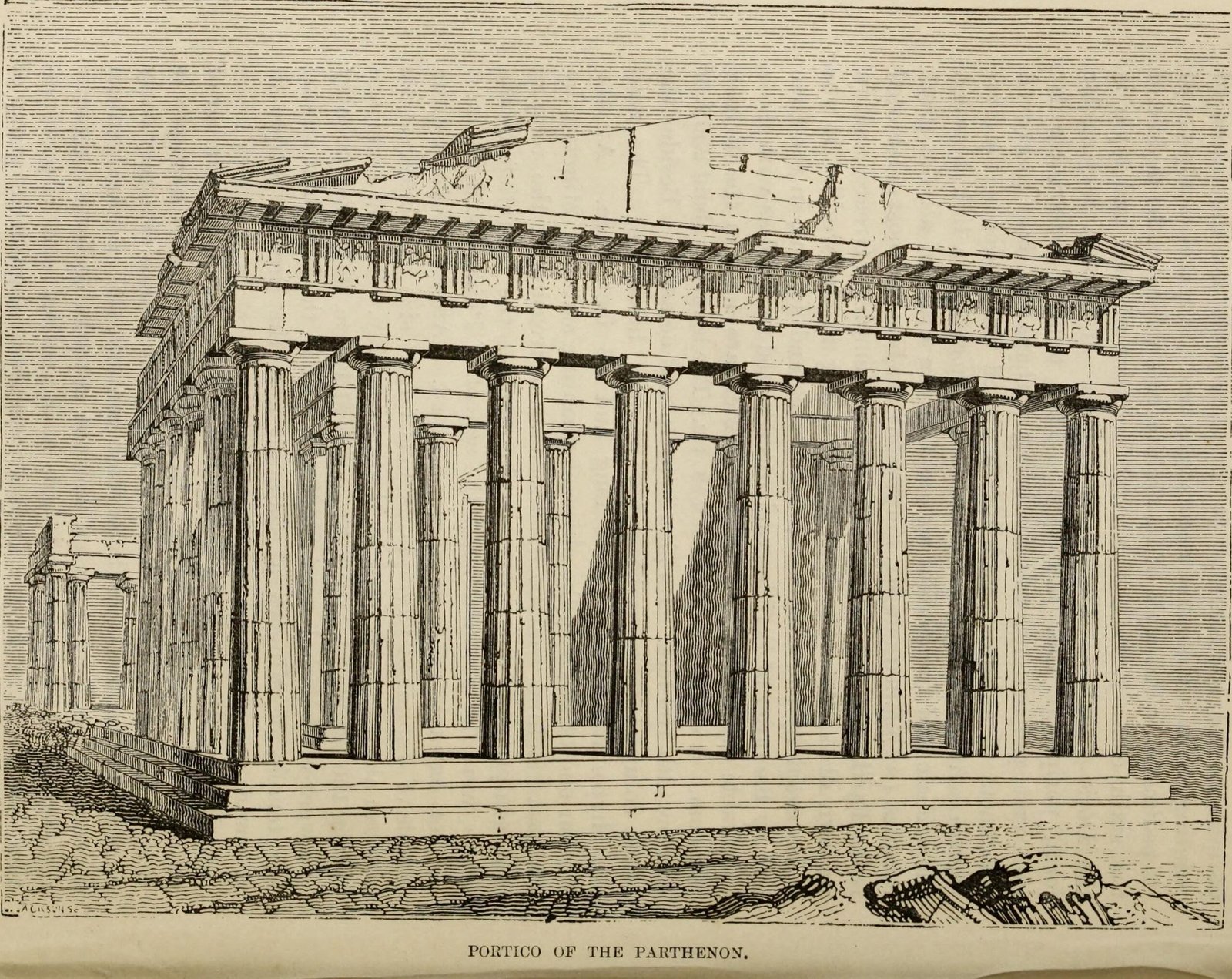
Walk through central Italy today, and you’re still seeing the world through Etruscan eyes. The hilltop towns that dot the Tuscan countryside sit on foundations laid by Etruscan builders three thousand years ago. Local winemaking traditions can trace their roots back to Etruscan techniques, and some Italian families in former Etruscan territories carry genetic markers that link them directly to these ancient people. Even the name “Tuscany” comes from “Tusci,” the Roman word for Etruscans. Their influence on Roman culture was so profound that in many ways, what we think of as “Roman” civilization was actually a fusion of Roman organization with Etruscan sophistication.
The Enduring Mystery of Their Disappearance
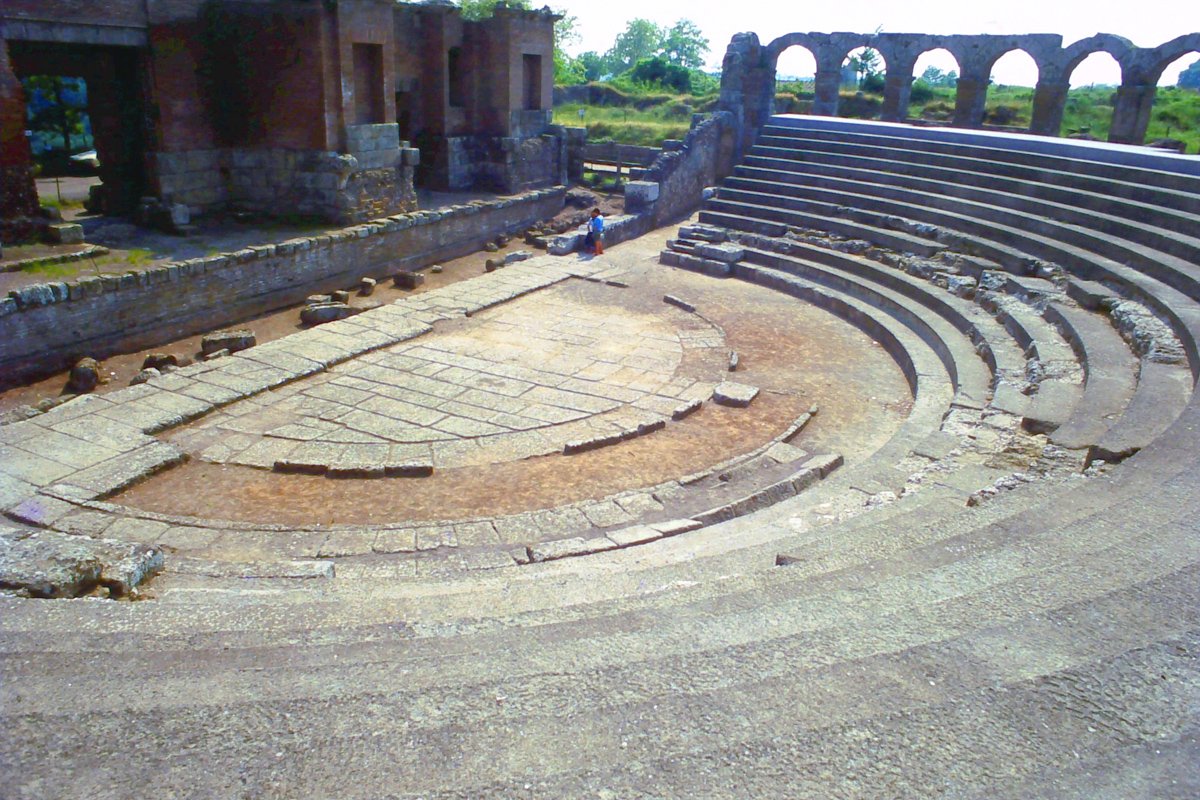
How does an entire civilization—complete with cities, language, and distinctive culture—simply fade away? The Etruscan disappearance remains one of archaeology’s most intriguing puzzles. Unlike conquered peoples who left clear evidence of destruction, the Etruscans seem to have gradually merged into the expanding Roman world, leaving behind only tantalizing clues of their former greatness. Some scholars suggest they were victims of their own success—so thoroughly integrated into Roman society that their distinct identity dissolved. Others point to environmental changes, political pressures, or cultural shifts that made maintaining separate Etruscan identity increasingly difficult. Whatever the cause, their vanishing act was so complete that for centuries, people forgot they had ever existed.
Modern Efforts to Revive Etruscan Culture

Today, a growing movement of scholars, artists, and local communities is working to bring Etruscan culture back from the shadows of history. Museums in Italy now feature interactive exhibits that let visitors experience Etruscan daily life, while researchers use artificial intelligence to attempt new translations of Etruscan texts. Local festivals in Tuscan towns celebrate Etruscan heritage with traditional crafts, foods, and even attempts to recreate ancient ceremonies. Archaeological parks like those at Tarquinia and Cerveteri allow visitors to walk among Etruscan tombs and imagine what life was like in these ancient cities. These efforts ensure that the mysterious people who helped birth Roman civilization won’t be forgotten again.
What the Etruscans Teach Us About Lost Civilizations
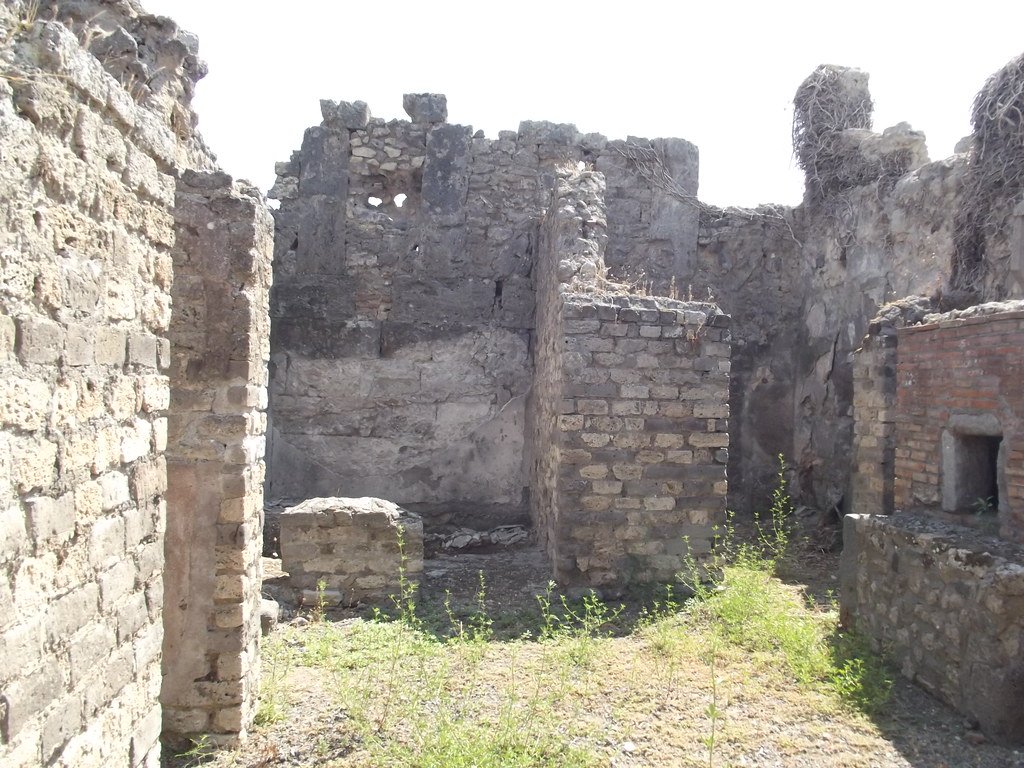
The Etruscan story reminds us how easily entire civilizations can slip through the cracks of history. Despite their enormous influence on Rome and their sophisticated achievements, they came close to being completely forgotten simply because they didn’t leave behind enough written records. Their near-disappearance from historical memory shows how fragile our knowledge of the past really is and how much we might be missing about other ancient peoples. In an age when we can instantly communicate across the globe, it’s humbling to realize that a civilization capable of engineering marvels and creating breathtaking art could almost vanish without a trace. The Etruscans challenge us to look more carefully at what we think we know about the ancient world and to remember that history’s greatest stories might be the ones we haven’t discovered yet.
What other “lost” civilizations might be hiding in plain sight, their achievements credited to others or their stories waiting to be rediscovered?




